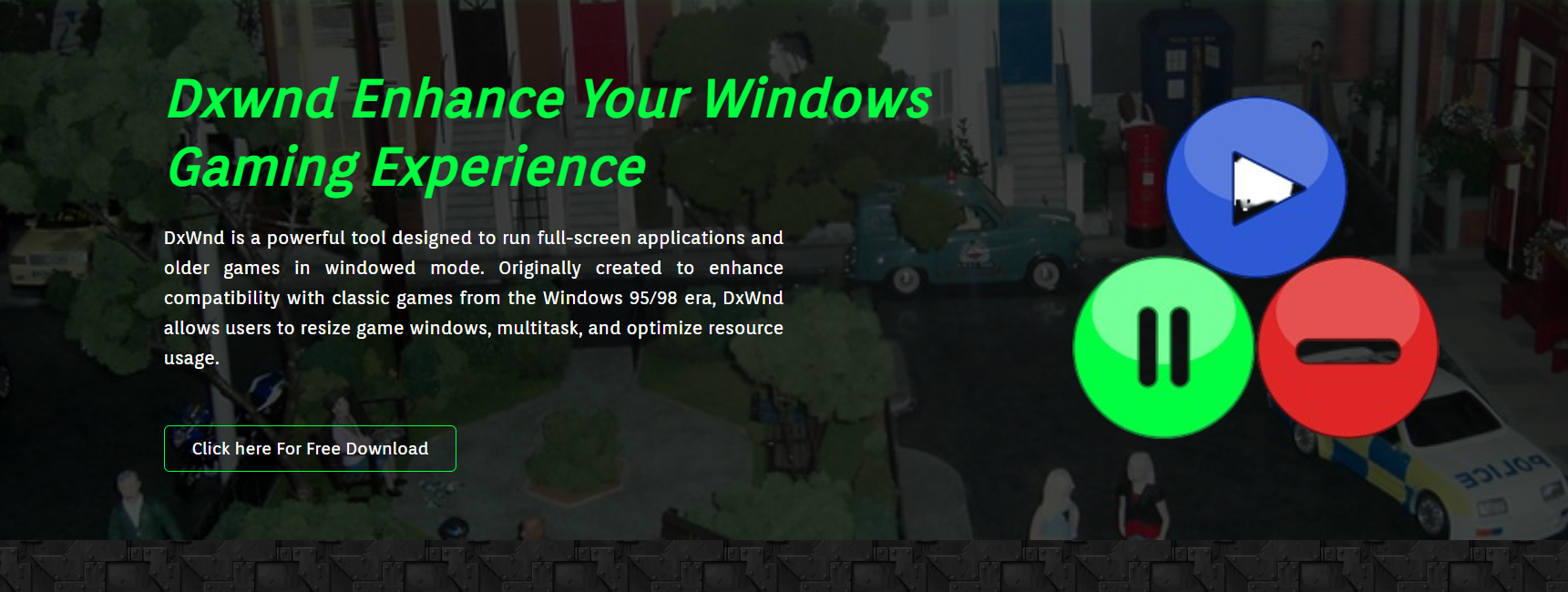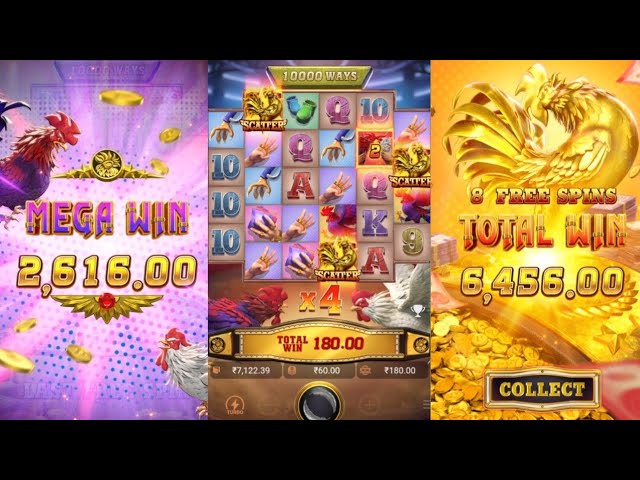DxWnd is one of the most reliable tools for running old full-screen Windows games in a windowed mode on modern systems. However, before exploring its powerful features, many users want to know: Is DxWnd free and open-source? This article explores that question in detail, while also walking through the benefits, licensing, and community support that come with using this popular utility.
Whether you’re a retro gaming fan or a developer testing compatibility on legacy software, knowing how DxWnd is developed and distributed can help you make the most of it—without worrying about hidden costs or limitations.
What Does It Mean to Be Open-Source?
Code is Publicly Accessible
Open-source software means its source code is available to anyone. Users can inspect, modify, and even distribute the program based on their needs. With DxWnd, its entire codebase is hosted online and freely available to view, providing full transparency into how the tool operates.
Encourages Community Collaboration
Being open-source allows developers and users worldwide to contribute to its growth. DxWnd benefits from this collaboration through regular updates, issue fixes, and community-suggested enhancements that wouldn’t be possible in a closed-source setup.
No Proprietary Restrictions
Most open-source projects have no licensing fees or strict usage terms. DxWnd is no different—it allows free use for personal and even some professional purposes without the risk of copyright violations or proprietary lock-ins.
Is DxWnd Completely Free to Use?
Zero Cost Download
DxWnd is 100% free to download and install. You can find it on trusted platforms like GitHub or SourceForge without being redirected to paid subscriptions or freemium models. It doesn’t require any licensing or payment keys.
No Hidden Features Behind a Paywall
All features in DxWnd are unlocked and available from the start. Whether you’re customizing resolution, simulating DirectX, or setting compatibility modes, there are no hidden upgrades or paid extensions.
Free for Long-Term Use
There’s no expiration date or usage cap with DxWnd. You can continue using it for as long as you need without being prompted to upgrade or donate, although supporting the developer is always appreciated.
Where Can You Access the Source Code?
Available on GitHub
DxWnd’s complete source code is publicly available on GitHub. This makes it easy for anyone to explore the code, understand its functions, or fork it for their own projects. It’s also a great learning tool for developers interested in game compatibility or window management.
Frequent Code Updates
The project receives regular updates from its creator and community contributors. These updates enhance stability, improve game support, and add compatibility with modern hardware and software versions like Windows 10 and 11.
Open for Contributions
Users can report bugs, request features, or contribute code via GitHub pull requests. This participatory model has helped shape DxWnd into a more robust and user-friendly program over time.
Why Does Open-Source Matter for Gamers?
Trusted by the Community
Being open-source builds trust among users because there are no secrets behind the scenes. Gamers can feel confident that DxWnd doesn’t contain malware or spyware—a concern with some proprietary tools.
Long-Term Support
Open-source tools like DxWnd often outlive their commercial counterparts. Even if the original developer stops working on it, the community can continue updating it, ensuring long-term availability and support.
Tailored Modifications
Advanced users can tweak DxWnd’s code to fit specific game setups. Whether it’s fixing a unique compatibility bug or improving how a game behaves in windowed mode, the ability to customize is a major advantage.
Key Benefits of DxWnd Being Free and Open-Source
Here’s why DxWnd stands out:
- Free for Everyone – No payments, ads, or restrictions.
- Open for Customization – Developers can modify the source code.
- Community-Driven Updates – Frequent improvements and added support.
- Transparent and Safe – Inspectable codebase builds user confidence.
- Ideal for Experiments – Useful for testing, modding, or debugging.
How Does DxWnd Compare to Paid Alternatives?
No Licensing Barriers
Unlike some commercial software for legacy game support, DxWnd doesn’t gatekeep features or force annual renewals. You get everything upfront, no strings attached.
More Control and Freedom
With paid software, users often rely on the company’s customer support or updates. DxWnd gives you the power to fix or change things yourself—or ask the open community for help.
Better Community Support
Open-source users often share guides, fixes, and presets that paid tools may lack. Forums and GitHub discussions around DxWnd are active, helpful, and constantly growing.
Common Concerns About Free Tools
Is It Too Good to Be True?
Some users are wary of tools that are both free and powerful. But DxWnd is a well-established project with a long history of development, public contributions, and consistent updates—making it trustworthy.
What If Development Stops?
Even if original development slows down, the open-source nature ensures others can pick up where it left off. You’re never locked out or left behind.
How Safe Is It?
Since the source code is public, security experts and users regularly review it for issues. This open inspection leads to faster identification and resolution of vulnerabilities compared to closed-source tools.
Final Thoughts
DxWnd being free and open-source is one of its greatest strengths. It not only provides users with cost-free access to powerful game compatibility tools but also invites a thriving community of developers and gamers to continually improve it. Whether you’re running classic games, tweaking settings for unique resolutions, or contributing to the project yourself, DxWnd provides unmatched value without asking for anything in return.







